In this video we discuss the anatomical directional terms, which is a directional language used to reference points or areas of the human body. Anatomical directional terms A directional language of anatomy exists in order to minimize confusion when discussing areas or specific points on the body. This directional language or terminology is used in reference to the anatomical position. The anatomical position is when a person stands erect, face pointing forward, arms at the side, palms facing forward and feet also pointing forward. If everyone is looking at the body in the exact same position, there will be less confusion when discussing anything related to anatomy. We are going to start with superior and inferior. Superior means toward the head, but it can also mean upper of above. Inferior means toward the feet, but it can also mean lower or below. So we would say the heart is located superior to the small intestine, or we could say the small intestine is located inferior to the heart. Next is anterior and posterior. Anterior means further to the front, or in front of. Posterior means further to the back, or in back of. So, we would say the lungs are anterior to the spine, or we could say the spine is posterior to the lungs. Sometimes the terms ventral and dorsal are used in place of anterior and posterior, where ventral means anterior and dorsal means posterior. Anterior and posterior can also be used to describe how you are looking at the body. While the body will always be referenced from the anatomical position, it can be viewed from an anterior view, meaning looking at the body from the front, and it can be viewed from the posterior view, meaning looking at it from the back. Medial and lateral are another set of directional terms. Medial means toward the midline of the body, and lateral means toward the side of the body, or away from the midline of the body. Where the midline is an imaginary line that divides the body into left and right halves. So, we would say the heart lies medial to the lungs, or you could say the lungs lie lateral to the heart. Lateral can also be used to describe how you are looking at the body. While the body will always be referenced from the anatomical position, it can be viewed from a lateral view, meaning looking at the body from the side. Next is proximal and distal. Proximal and distal are terms that are usually used when describing parts of the appendicular body. Remember that the axial body consists of the head, neck and trunk, and the appendicular body consists of the limbs or appendages that are added to the axial body. Proximal means closer to the axial body, or toward the trunk of the body and distal means further from the axial body, or further from the trunk of the body. So, we would say the thigh is proximal to the leg, or you could say the leg is distal to the thigh. Superficial and deep are another set of directional terms. Superficial means closer to the surface of the body, and deep means further away from the surface of the body. So, we would say the sternum is superficial to the lungs, or the lungs are deep to the sternum. Remember this is the case when we are looking at the body from the front or anterior view, when it is in the anatomical position.
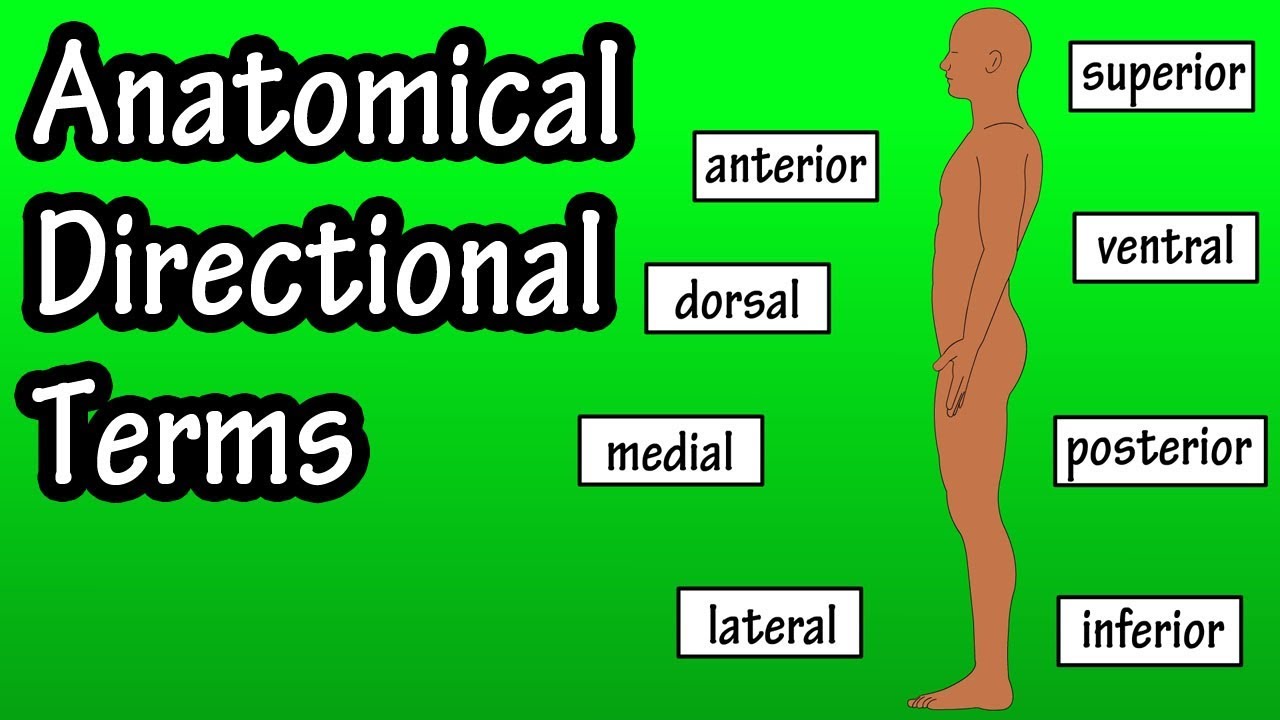
Anatomical Position And Directional Terms – Anatomical Terms – Directional Terms Anatomy
- Post author:
- Post published:June 13, 2021
- Post category:Uncategorized
- Post comments:0 Comments
You Might Also Like

The 4 Types of Exercise Every Person Needs

First Aid Video – 5
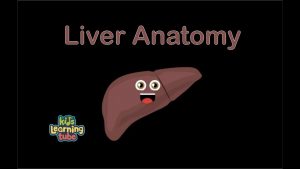
The Liver Anatomy Song for Kids

Anabolic Steroids – History, Definition, Use & Abuse Video – 8

USP Labs Modern BCAA Review with NPC SuperHeavyweight Bodybuilder Eclipse

What Is A Healthy Heart Rate – What Affects Heart Rate – What Is Maximum Heart Rate

5 BCAA Side Effects

Orlistat : Facts And Side Effects Of Orlistat Weight Loss Medicine

Top 5 Best Vitamin B Complex Supplements in 2020 Reviews

6 components of Skill related fitness.mov

Bodybuilding Nutrition, Diet Recipes & Workout – 34

Pec Fly Machine-3
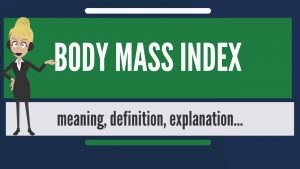
What is BODY MASS INDEX? What does BODY MASS INDEX mean? BODY MASS INDEX meaning

Fat Loss, Weight Loss Video – 16

Branches of Physiotherapy Video – 1
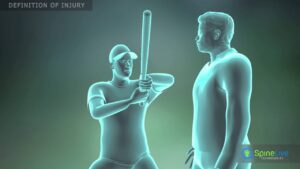
Injury. Definition

What Is A Kelapine Heart? Potion Ingredient

5 MUST-TRY Techniques For Chest Definition

Yoga Counciling Video – 4

severe case of jaundice – v2

Wide grip upright rows for side delts

Sports Medicine Video – 2

Fat Loss Weight Loss Video – 4

Gene Cloning in Plain English

Human Body, Body Building Muscle Building Anatomy Physiology Video – 24

interpretation of Complete blood count (cbc) !!!
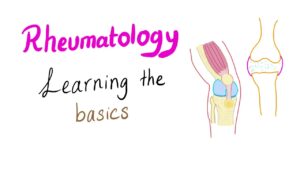
Rheumatology Video – 2

Plank with Oblique Crunch

Stretching Video – 3

Echo Tech (Echocardiographic Technician) interview questions

Homemade reverse hyper test
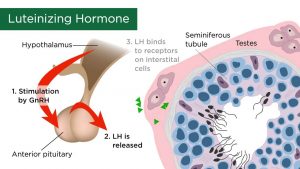
Male Sex Hormones
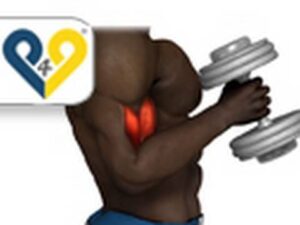
Alternating hammer curls (standing with dumbbells)
Exercise Programing

Eat Red Meat For Weight Gain And Muscle Building – How Often To Take

Anorectal Abscess (General Surgery) – Overview
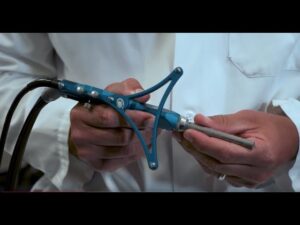
Orthopedic Surgery Video – 4

Foods For Gut Health & Digestion | Nutrition & Wellness | Healthy Grocery Girl

Fat Loss, Weight Loss Video – 9

BCAA’s: Best Supplement for Weight Loss?

ON Optimum Nutrition Serious Mass 6lbs Weight Gain gainer Unboxing

